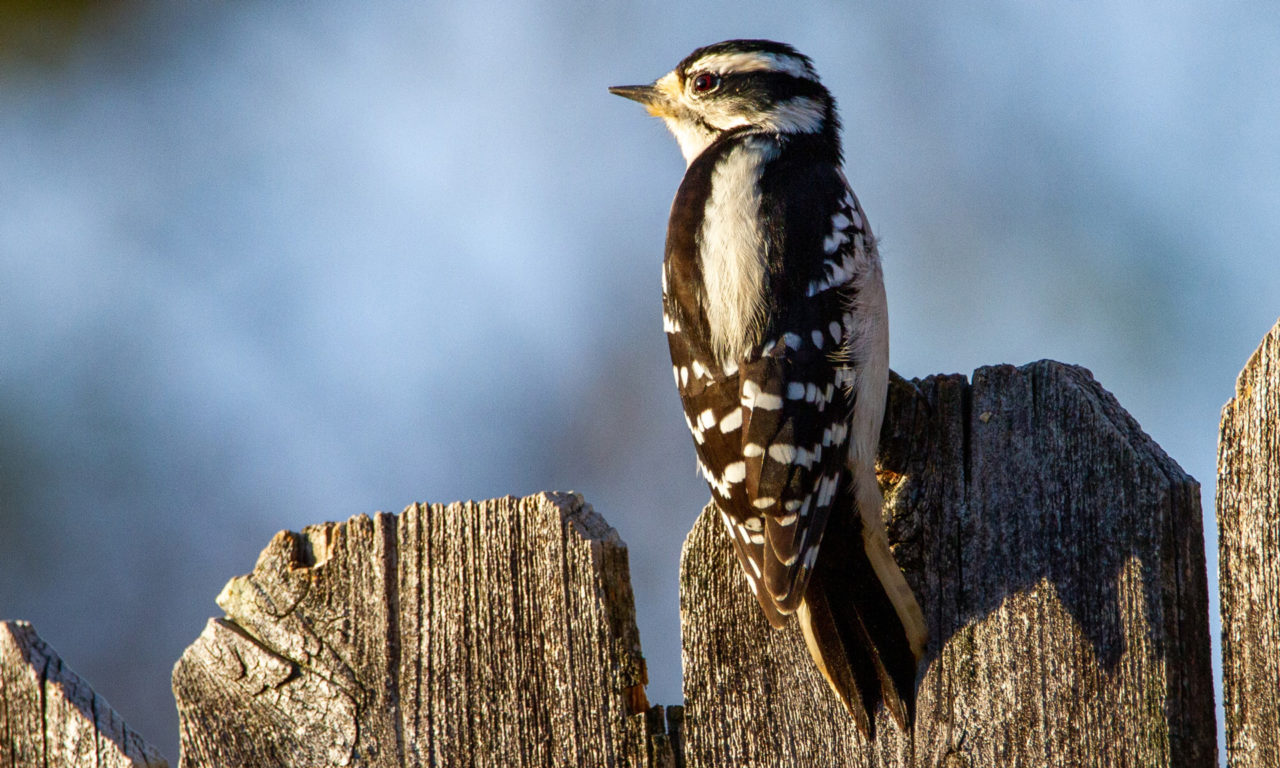Encountering Woodpeckers in Florida Species: Environments and Actions
Encountering Woodpeckers in Florida Species: Environments and Actions
Blog Article
Unveiling the Keys of Woodpeckers: Behavior, Habitat, and More
Woodpeckers, with their distinct actions and specialized adaptations, have long attracted researchers and nature fanatics alike. By uncovering the secrets bordering woodpeckers' actions and habitat choices, a much deeper understanding of these avian marvels arises, providing a look right into their interesting world.
Woodpecker Actions Insights
In examining woodpecker actions, an interesting screen of specialized abilities and adaptations emerges, clarifying their amazing eco-friendly specific niche - Woodpeckers in Florida. Woodpeckers, known for their unique drumming on trees, have a variety of behavioral qualities that add to their survival and success in their setting. One essential behavior is their drumming, which offers numerous purposes such as communication, establishing territory, bring in friends, and finding food sources. This balanced pecking likewise showcases their impressive strength and endurance, as they can hammer away continuously at broadband without creating damage to themselves.
In addition, woodpeckers exhibit an one-of-a-kind feeding habits identified by their ability to essence bugs from tree bark utilizing their specialized beaks. Their long, barbed tongues help in capturing prey, while their solid neck muscle mass give stability and precision throughout pecking movements. This feeding method permits woodpeckers to gain access to covert insect larvae and remove them with exceptional performance.
Habitat Preferences and Choice
What elements affect the habitat choices and option of woodpeckers? Woodpeckers are highly versatile birds known to inhabit different atmospheres worldwide. Nonetheless, they do show choices for sure environment features. One vital element influencing woodpecker environment choice is the availability of suitable nesting websites. Woodpeckers typically prefer woodlands with a mix of fully grown trees that give sufficient opportunities for tooth cavity excavation. These cavities work as important nesting and roosting sites for woodpeckers and are necessary for their breeding success.
Additionally, woodpeckers show a choice for environments with an abundant supply of food resources. They are primarily insectivorous, feeding on beetles, ants, larvae, and various other pests discovered in decaying timber or tree bark. Woodpeckers have a tendency to favor wooded areas with a diverse insect population to meet their dietary requirements.
In addition, the presence of dead or worn out trees is one more vital aspect in woodpecker environment option. These trees not just give food resources see this page yet also supply appropriate substratum for tooth cavity excavation. Dead trees are crucial for the upkeep of healthy and balanced woodpecker populations, as they play a vital duty in the woodpeckers' life cycle and ecological community dynamics.
Feeding Behaviors and Diet Regimen Structure
Woodpeckers show a specialized feeding habits focused on foraging for insects within numerous environments. In enhancement to bugs, woodpeckers likewise consume tree sap, fruits, nuts, and seeds, including range to their diet plan depending on the period and availability of food sources.
The foraging techniques of woodpeckers are well-adapted to their arboreal way of living. Woodpeckers play a crucial duty in keeping the health and wellness of forests by regulating insect populations and assisting in the disintegration of timber.
Drumming Sounds and Interaction
Utilizing rapid drumming sounds on various surfaces, woodpeckers employ an unique kind of communication to signal region boundaries and bring in companions. This drumming actions is not only a means of communication yet likewise works as a way for woodpeckers to develop their existence within a specific location. The intensity, rate, and pattern of the drumming can share essential info to various other woodpeckers in the area.
Woodpeckers make use of drumming noises to reveal their visibility in an area and to advise off prospective trespassers. The loud and repetitive nature of the drumming serves as a clear signal to other woodpeckers that the area is currently asserted. This assists in reducing disputes and decreasing physical confrontations between people.

Survival Adaptations and Specialized Composition

Final Thought
To conclude, woodpeckers exhibit special habits, such as drumming sounds for communication, and have actually specialized composition for survival in their picked habitats. Their feeding habits and diet plan make-up even click here for more more demonstrate their flexibility to various atmospheres. By comprehending these aspects of woodpeckers, researchers and conservationists can better protect and preserve these fascinating birds and their communities.
Report this page